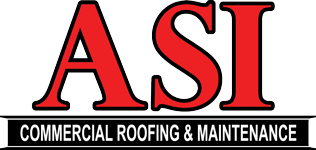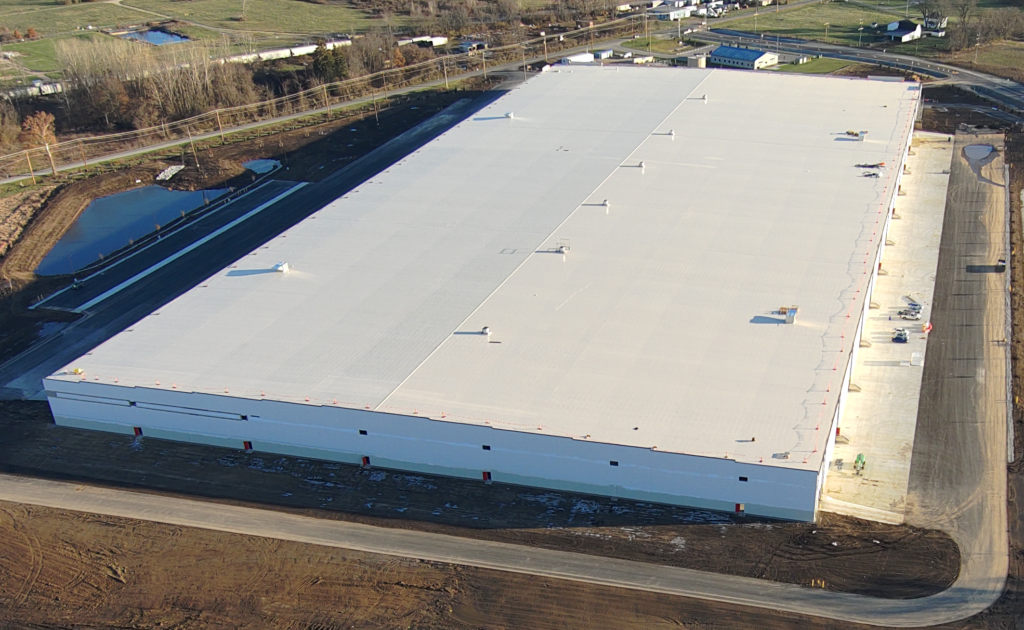Have you ever wondered why a lot of commercial buildings have flat roofs? A few common reasons are that flat roofs:
- Are cost-effective
- Provide space for equipment storage
- Are easily accessible
- Are quicker to install than pitched roofs
- Are durable and versatile, and can be used for a variety of purposes
However, these benefits come with a challenge – drainage. Improper drainage on commercial flat roofs can spell disaster for not only the roof but the entire building. Flat roofs tend to collect water much easier than slanted roofs, which can lead to pooling and start a ripple effect of leaks, sinkage, and even collapse. That’s why ensuring your commercial flat roof has proper drainage is so important. A couple of features that can help with drainage are structural slope and tapered insulation roofing systems. But what is the difference?
Structural Slope
Structural slope is when the structure or framing of a building has slope incorporated into the design. The most common approach is a single or double-slope structure which would have a gutter on the low side(s). This design is similar to residential steep slope shingle roofs, however, have much less slope.
Tapered Insulation
Tapered roof insulation systems utilize specific roof insulation panels of varying thickness to create slope to direct water to drainage points. These panels can have as little as 1/8” per foot and up to ½” per foot slope built in depending on the requirements of the building.
Many commercial building designs incorporate a combination of structural slope and tapered insulation to promote proper drainage.
The roof structure might be sloped in a single direction with a 2% slope and simply require back slope insulation on the low end to guide water to the roof drains. To achieve a backslope with tapered insulation, the insulation slope needs to be double the roof slope.
There are several advantages to using tapered roof insulation:
- It is a value-engineered system and has been proven all over the country in both new and reroof applications.
- It has a high thermal performance improving the interior comfort for occupants while reducing energy costs associated with keeping a building warm or cool.
- It is high-quality architectural insulation with superior moisture resistance and a high-drying potential
- It is more lightweight than any type of screed, making it. easier to handle and work with and reduces the amount of stress that is being put on your roof.
If you have questions about your roof drainage system, contact us today to schedule your complimentary assessment.

